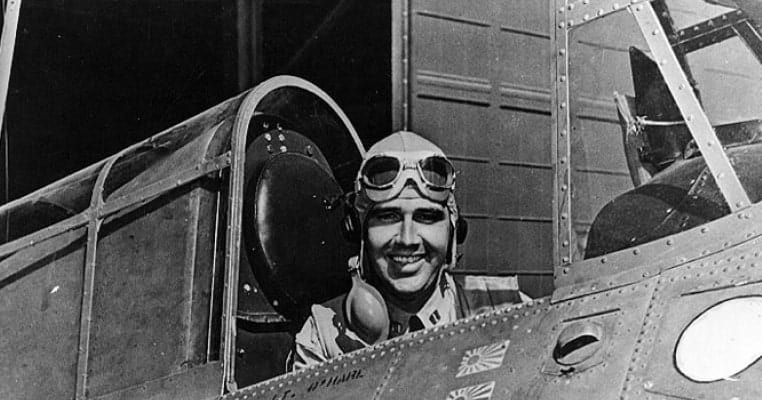In every war heroes emerge, some to everlasting fame and some revert to relative obscurity. Some preferred to remain in near anonymity during their lifetime, some made their contributions in the course of suffering a defeat, and some had their efforts and sacrifice overshadowed by another event. There are those who are remembered through monuments, place names, national shrines, and other memorials, while others, equally deserving, are granted an honorary mention on roadside markers or the names of local geographic features. Some, such as Benedict Arnold, became antiheroes after first gaining the adulation of their contemporaries. Benedict Arnold in the United States is a synonym for betrayal, though he was at the time of his treachery the most respected field commander in the Continental Army. It was the lack of recognition and appreciation from Congress which was part of the impetus for his betrayal.

But there are many other forgotten American war heroes who remained loyal to their nation and their personal beliefs, and in so doing performed courageous and noble acts, only to be ignored by posterity while others have been lauded for similar deeds. Their sacrifices and actions deserve to be remembered. For example, though John Paul Jones is remembered as the Father of the United States Navy it was actually the virtually unknown Edward Preble, who trained the officers which won America its great naval victories during the War of 1812, who has a greater claim to that title (the United States Naval Academy Museum in Preble Hall is named in his honor).
Here are some American war heroes who are largely forgotten to popular history, who deserve to be remembered.

1. Dr. Joseph Warren and Boston’s Sons of Liberty
The names of Samuel Adams, John Hancock, and Paul Revere have come down through the ages as the leaders of rebellious Boston in the days leading up to the first shots of the American Revolution, augmented by John Adams and others. During the days of the British occupation of Boston and the actions of the Royal Government to suppress what the British called treason, and the Americans patriotism, Dr. Joseph Warren was one of the most critical of the American leaders. It was Warren who wrote the Suffolk Resolves, which called for resistance to the British Coercive Acts, (Intolerable Acts) and it was Warren who operated the system of couriers which kept like-minded colonists informed of the activities in Boston, one of whom was Paul Revere. It was Warren who obtained the information that the British would attempt to capture Adams and Hancock in April 1775, and Warren who rightly deduced that they would continue on to Concord to seize colonial property there.
It was Warren who dispatched Revere on his famous ride (as well as William Dawes and other riders) and it was Warren who wrote to his mother, after he narrowly missed being wounded during the fighting on April 19 (his wig was shot off his head), “Where danger is, dear mother, there your son must be”. After the battle of Lexington and Concord he remained with the Continental Army as a private until commissioned as a Major General on June 14, 1775. Warren declined command of troops on Breed’s Hill outside of Boston, deferring to officers there with more military experience, though he was credited with inspiring the men around him during the British assault on June 18. He was killed during the third assault, bayoneted until his body was beyond recognition, and buried in a shallow grave. Outside of Boston he is scarcely remembered as one of America’s earliest founders.

